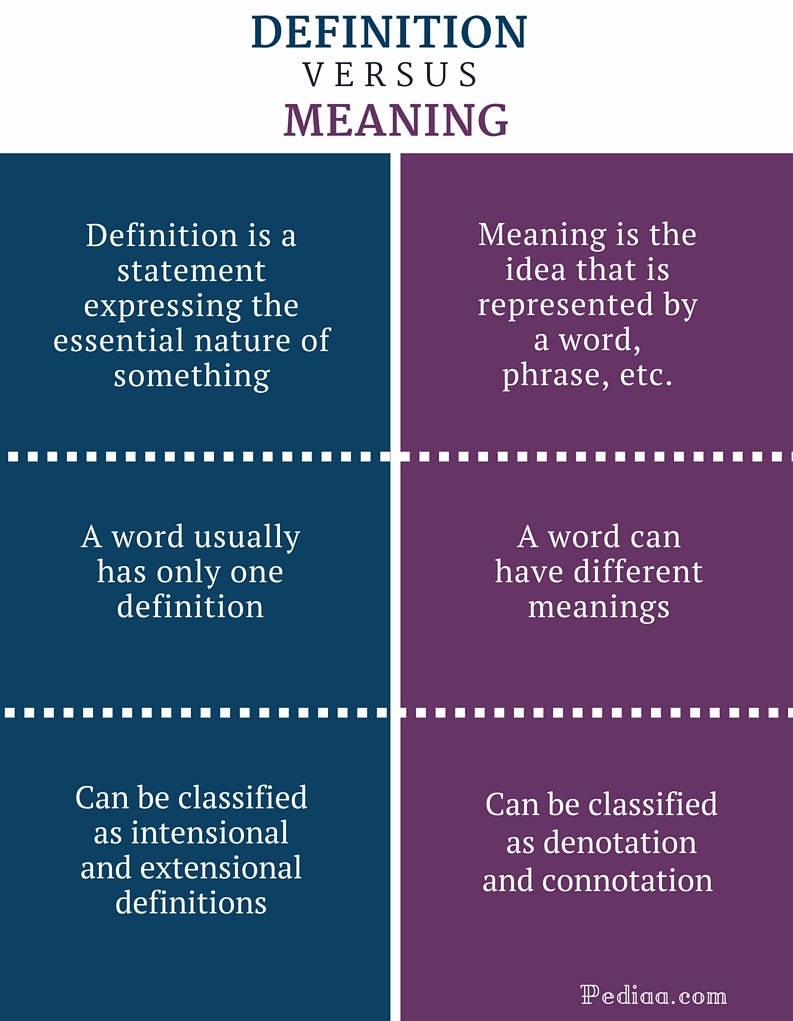Tracking them helps businesses accurately calculate margins and manage operations effectively. Direct costs are normally variable costs that change based on production volume. Understanding direct costs is important for managers to calculate the price of the definition of 34 traceable costs 34 items sold and determine the revenue margin per unit. Tracking direct costs per unit over time also helps managers estimate future manufacturing prices more accurately. In abstract, direct prices play a key position in managerial accounting and financial planning. Correctly categorizing them provides vital information to information pricing, price accounting, and profitability decisions.
What Is The Formulation Of Direct Cost?

If divisional performance is assessed on solely traceable revenue it is prone to be overstated compared to an exterior competitor. As such, a company ought to use divisional profit to compare the efficiency of considered one of its divisions to that of an external company. For example, the depreciation expense of the equipment is the fixed price for the corporate.

Direct prices are expenses instantly tied to producing a product or service. Understanding direct costs is essential for accountants and companies when making financial selections. This part introduces direct costs in managerial accounting, explains what they are, and discusses their role in financial modeling. Oblique costs are bills that can’t be instantly attributed to a selected product, service, or project.
The two fundamental guidelines for allocating indirect mounted expenses are by the benefit obtained and by the accountability for the incurrence of the expense. An indirect value just isn’t traceable to a particular price object; subsequently, it solely turns into an expense of the cost object by way of an allocation course of. For instance, consider the depreciation expense on the corporate headquarters constructing that is allotted to each section of the corporate. The depreciation expense is a direct value for the company headquarters, but it’s an oblique cost to each section. If a section of the corporate is eliminated, the oblique price for depreciation assigned to that section doesn’t disappear; the price is solely allotted among the remaining segments. In a given situation, it may be attainable to establish an indirect cost that would be eliminated if the cost object have been eradicated, but this is in a position to be the exception to the final rule.
- As fixed costs, overheads remain constant no matter manufacturing volume.
- In addition to companywide earnings reporting, managers or homeowners also must measure the profitability of particular person segments inside their organizations.
- We may also provide some examples of value traceability evaluation in several industries and situations.
- Frequent Fixed Prices These are prices that fund folks, assets or actions that assist more than one section throughout the business.
Cost Accounting Strategies For Direct Prices
These costs can’t be averted and so have to be paid even when there isn’t a income coming in. Activity-based costing (ABC) assigns each overhead and indirect price, corresponding to salaries and utilities, to particular services. The direct unit value formula calculates the whole price to produce every particular person unit of a product or service. It includes both the variable and stuck costs attributed to manufacturing, divided by the whole variety of models produced.

Uses Of Cost Classifications By Organizations
The direct unit price formula is useful for managerial accounting and determining appropriate pricing models. However, it excludes oblique expenditures like administrative overhead. Understanding cost structure is essential for effective financial modeling and enterprise management. In brief, total variable prices rise and fall as the extent of exercise rises and falls.
Or, section margin can be interpreted as the profitability of a specific section earlier than common fastened costs are incurred. In abstract, cost traceability evaluation performs an important position in enhancing decision-making and performance in organizations. By offering insights into price allocation, value drivers, and their impression on performance, companies can optimize useful resource allocation, enhance value management, and make informed decisions. This leads to increased profitability, effectivity, and competitiveness out there https://www.personal-accounting.org/. Value traceability evaluation can even assist regulators to implement the requirements and regulations that govern the business process or the product and shield the general public interest.
A variable expense is an expense that adjustments in response to sales volume, for example. The total quantity of commissions an organization pays to salesmen is a variable expense as a result of it increases as sales quantity increases. A fixed expense, on the opposite hand, is a price that stays the same no matter how a lot revenue the business generates. They are thought-about to be a part of the value of production, together with variable costs, and are due to this fact used in the calculation of total price. The more complete and correct the accounting is, the higher the possibility management has to maximise efficiency.
Managing overheads and minimizing unnecessary expenses is essential for price management. Based Mostly on manufacturing quantity drivers, $20,000 of the manufacturing unit overheads are recognized as indirect costs. While direct material and labor costs can be simply traced, other bills like manufacturing facility overheads might have both a direct and oblique part. Frequent costs (non-traceable prices or oblique costs) are excluded within the computation of phase margin.
This includes amassing, processing, storing, and analyzing the price knowledge from numerous sources and techniques. You want to ensure that your value traceability system is dependable, constant, and scalable. Direct costs discuss with expenses that can be easily traced back to a specific services or products. The direct costs method helps businesses calculate the total direct costs incurred in manufacturing by subtracting oblique prices from whole manufacturing prices. The contribution margin is $335,000 for both the contribution margin revenue statement and the segmented income statement.






